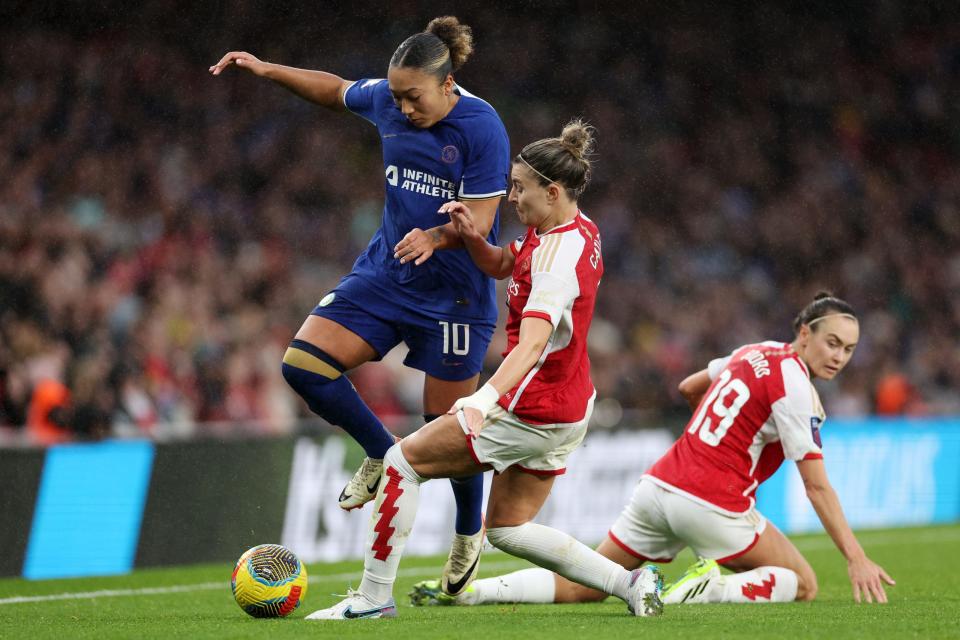Three things Passnetworks can tell us about games

If you are a follower of data visualisations in football, you will definitely have seen passnetworks after games. But what do they actually show and what are they used for? Her Football Hub is here to outline three vital aspects of passnetworks that can teach you a lot about a team’s performance.
Average positions

The first thing we can learn from passnetwork is the average position of a player during the game when that player has played a pass. It’s good to know for this visualisation that the first substitutions were early on in the game, which has impacted the visual.
When we look at the game Aston Villa – Manchester City we can see the difference in average positions. All Aston Villa players are on their own half, while the Manchester City players are much higher on the pitch. This can indicate that Manchester City has been more dominant on the ball and were more offensive in their play than Aston Villa. Aston Villa looks to be more conservative and not as much progressed up the pitch. This can indicate a more defensive style of play.
Pass combinations

Another thing we can learn from passnetworks is the passing combinations of a team. With that we can see how often a team has passed, how they progress and what the most common combinations are.
What we can see is that Arsenal passes a lot more than Brighton. We can see this by the lines as they are more present and the combinations. Each player passes a lot more to different teammates. It’s also an indication of positional passing play, while Brighton is much more direct. They tend to pass it forward more than sideways, such as Arsenal has done. What’s interesting is that most of the passing combinations in this game involve Foord.
Compactness or wideness

The last aspect is the compactness of the teams. This can also be found in the passnetworks.
In this game between Manchester United and Chelsea, you can see that the players from Manchester United remain in close to each other in the right wide area of the pitch. But, there is also compactness in the wide sense – they are not far from each other in terms of space. With Chelsea that’s different. The midfielders are close so each other, but the distances with the attackers and the wide players is different. This can indicate that the midfielders are compact and in the central areas, but the wide players have more freedom to roam.
Final thoughts
Passnetworks is part of an arsenal of data visualisations which can help you understand a game better. It also helps your analysis process and therefore makes you more aware of what has happened.

 Yahoo Sports
Yahoo Sports 
